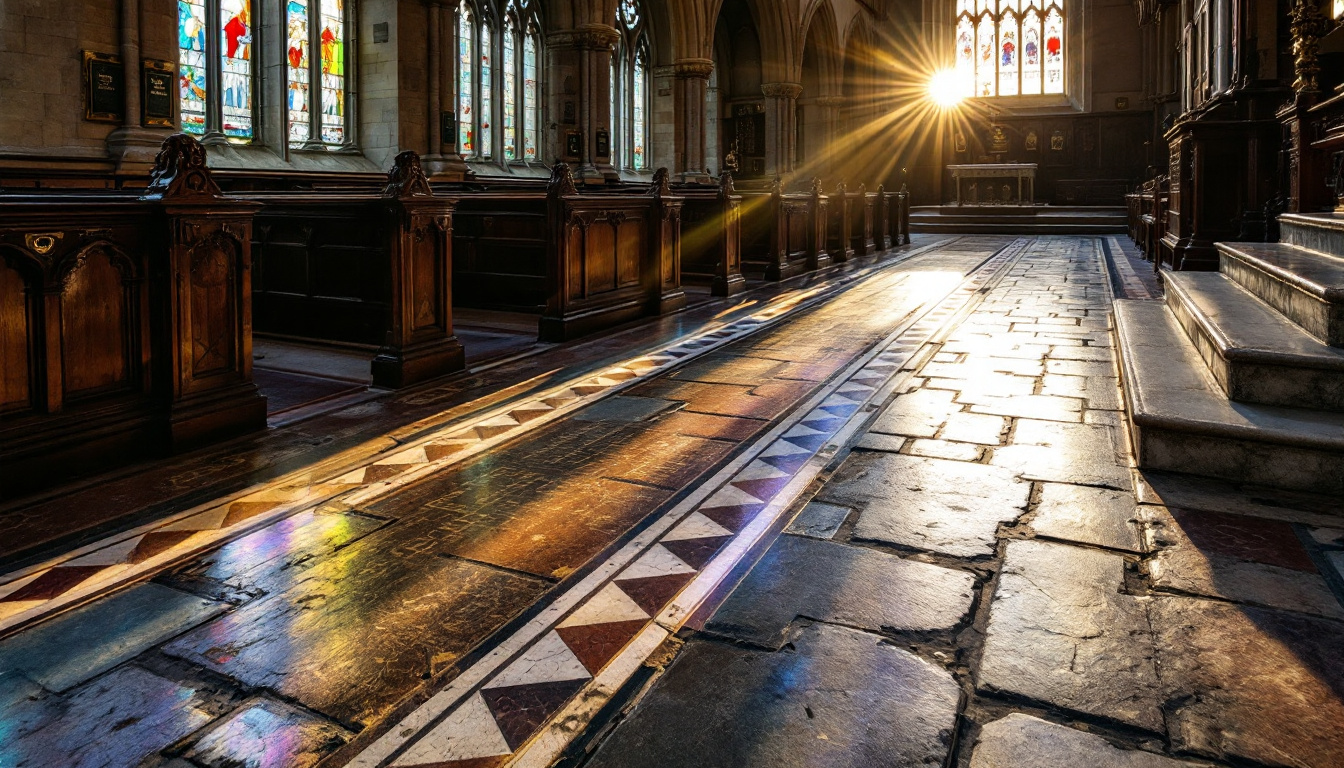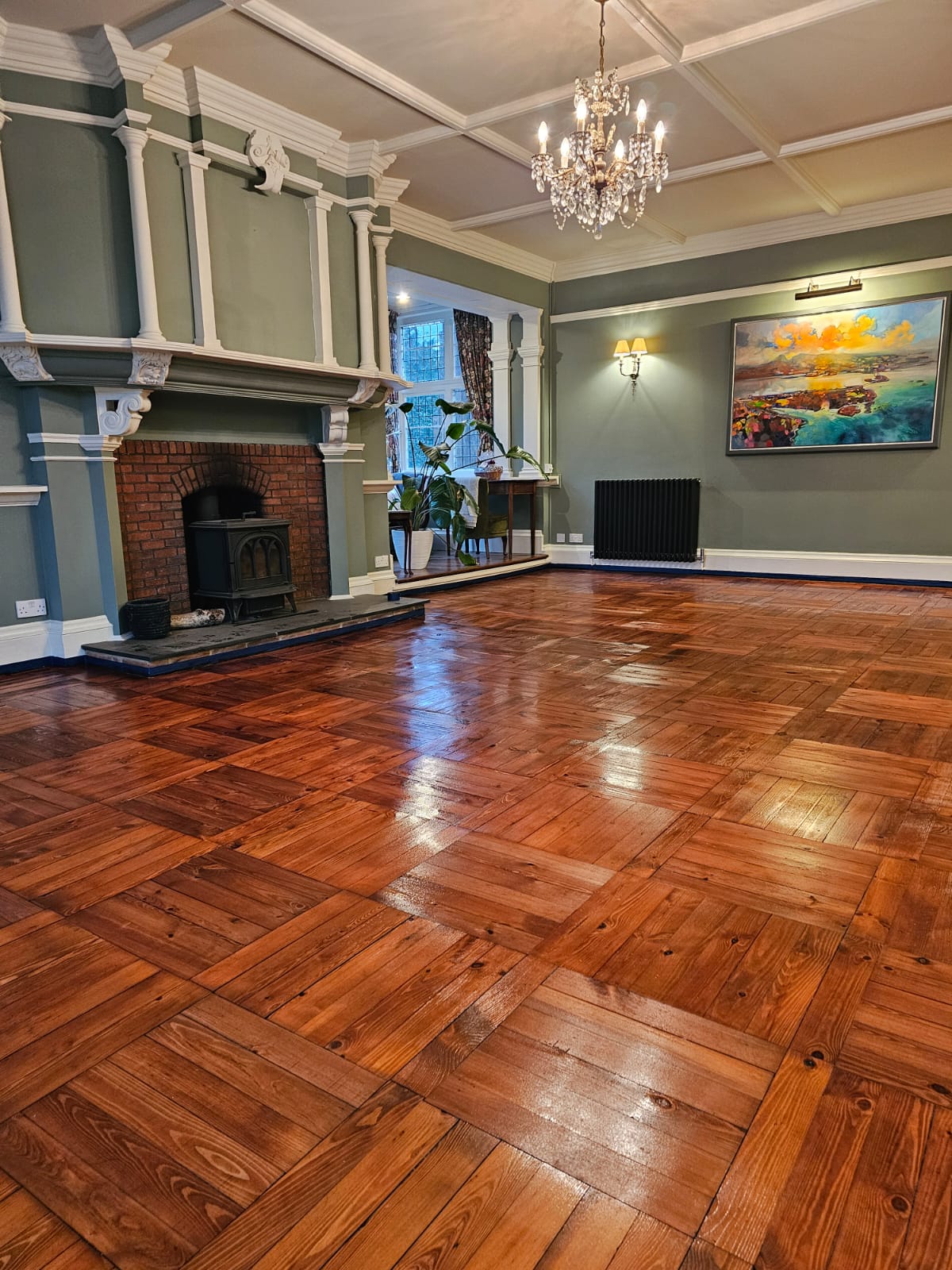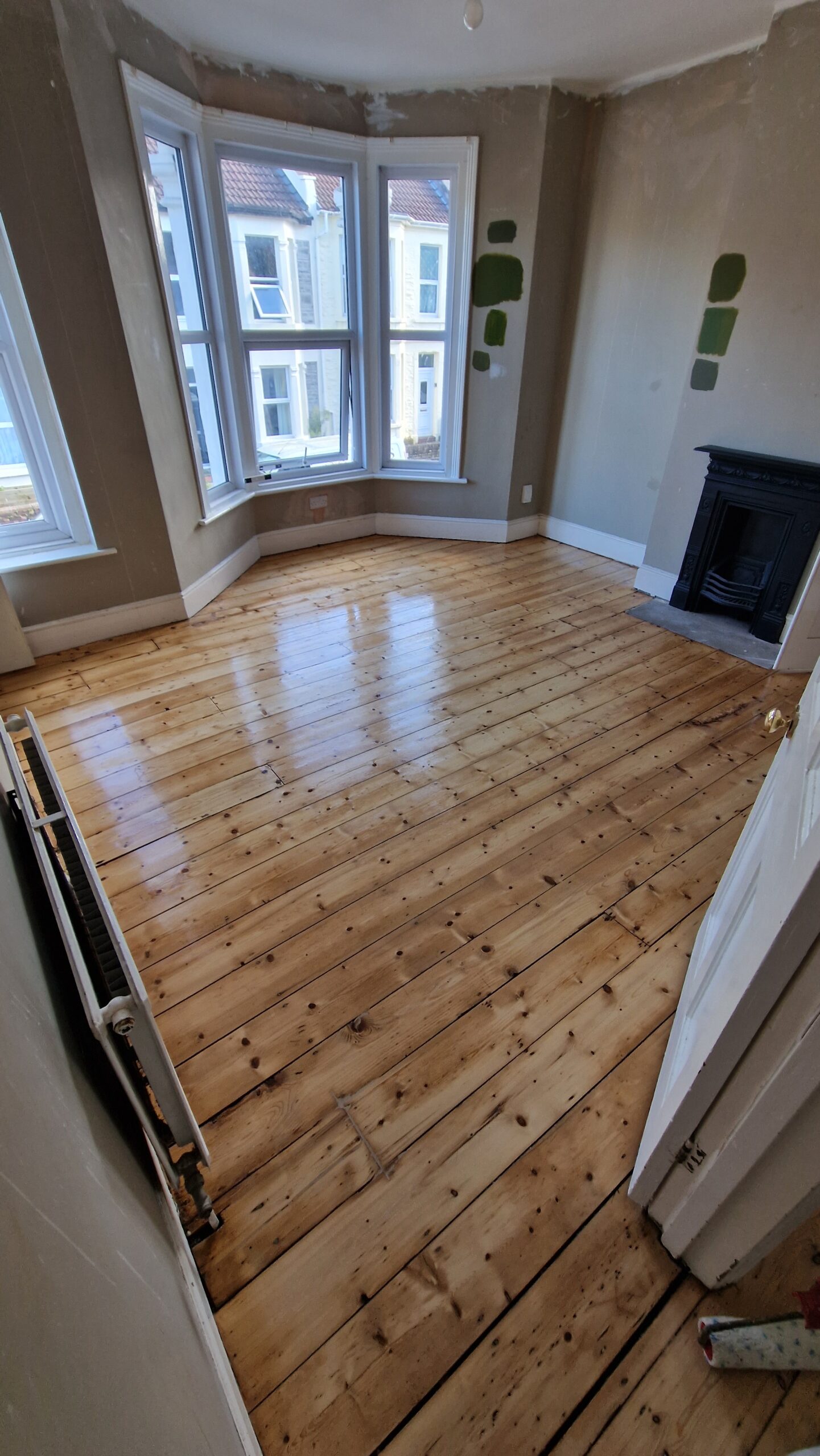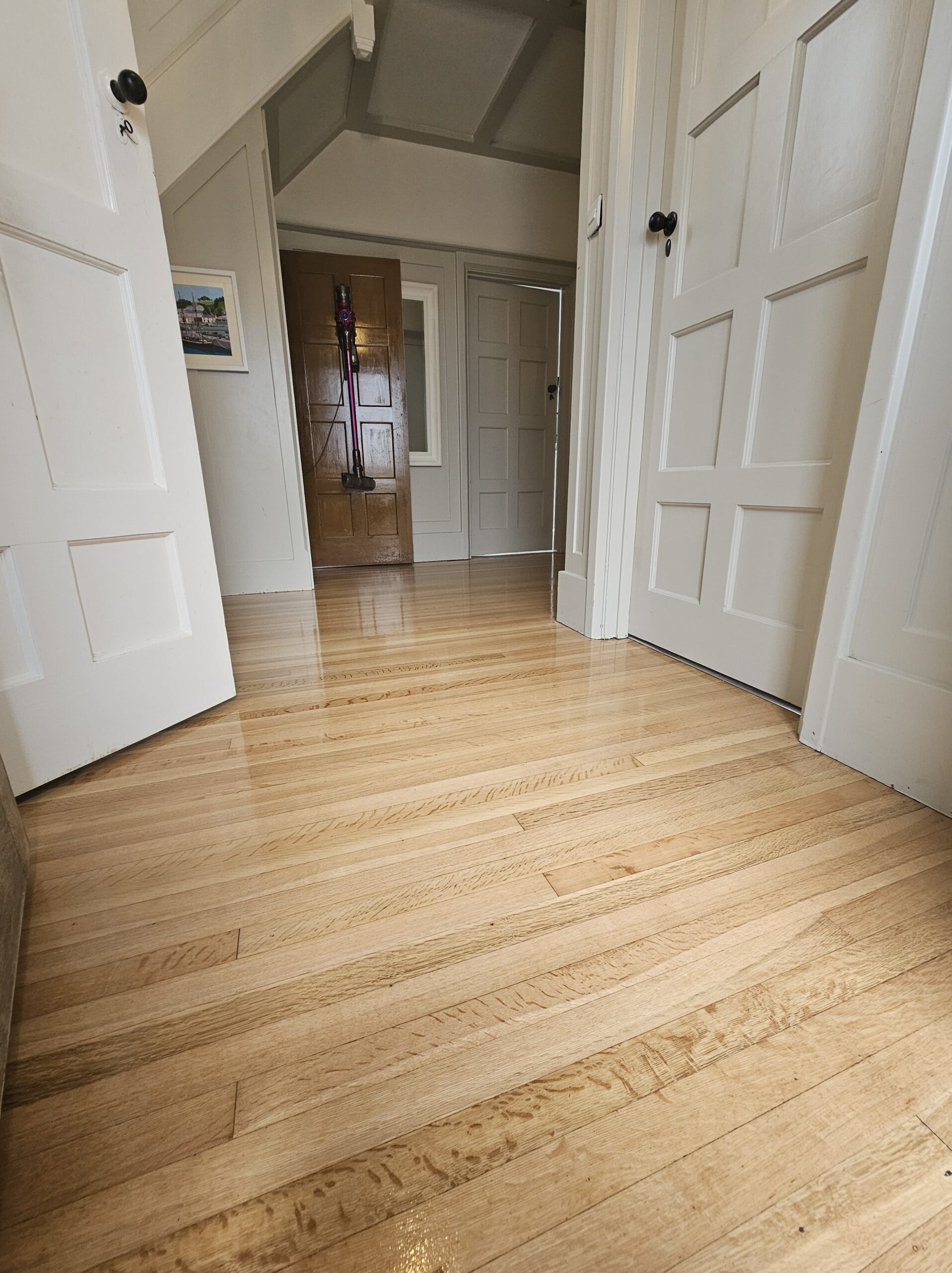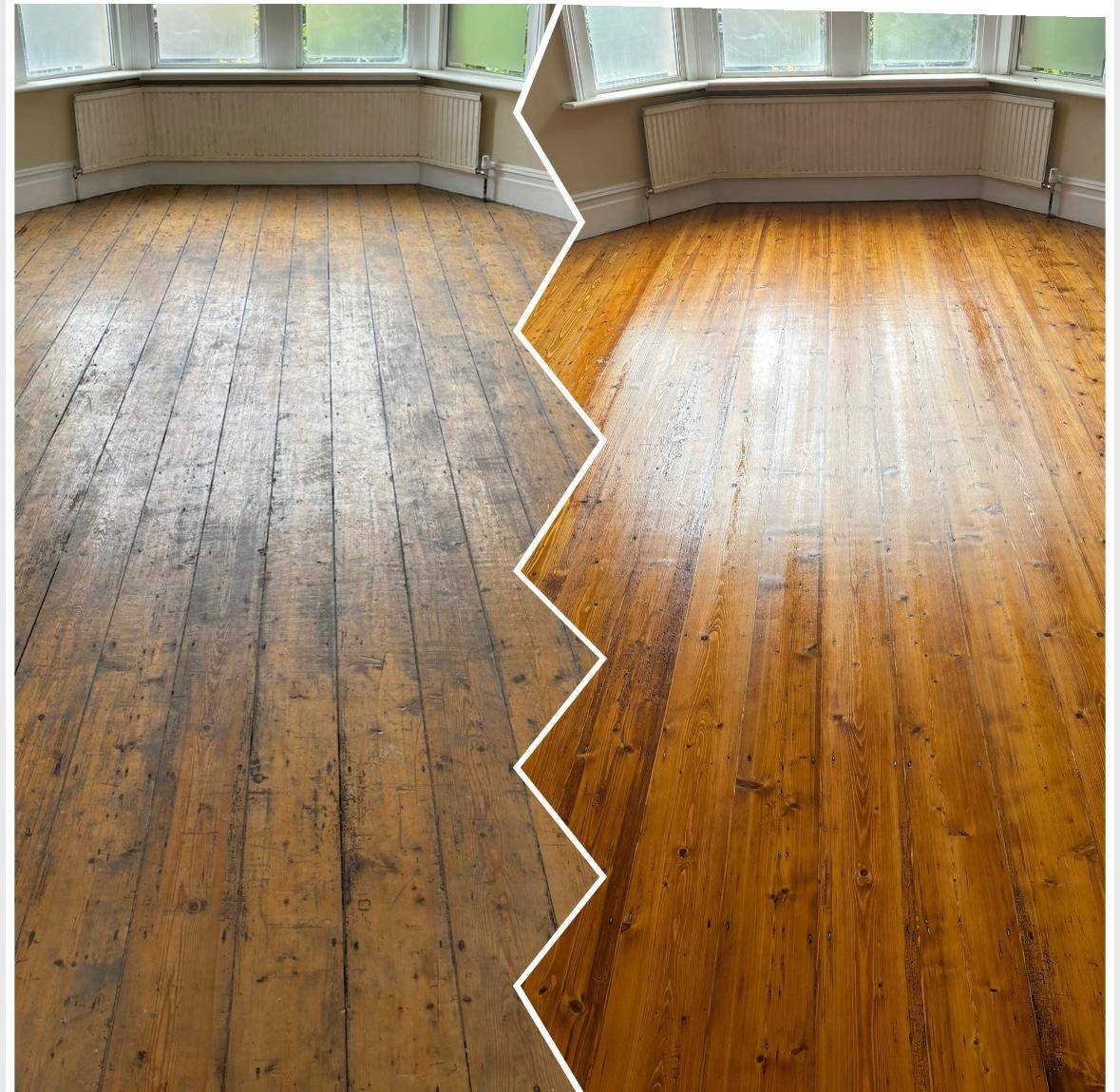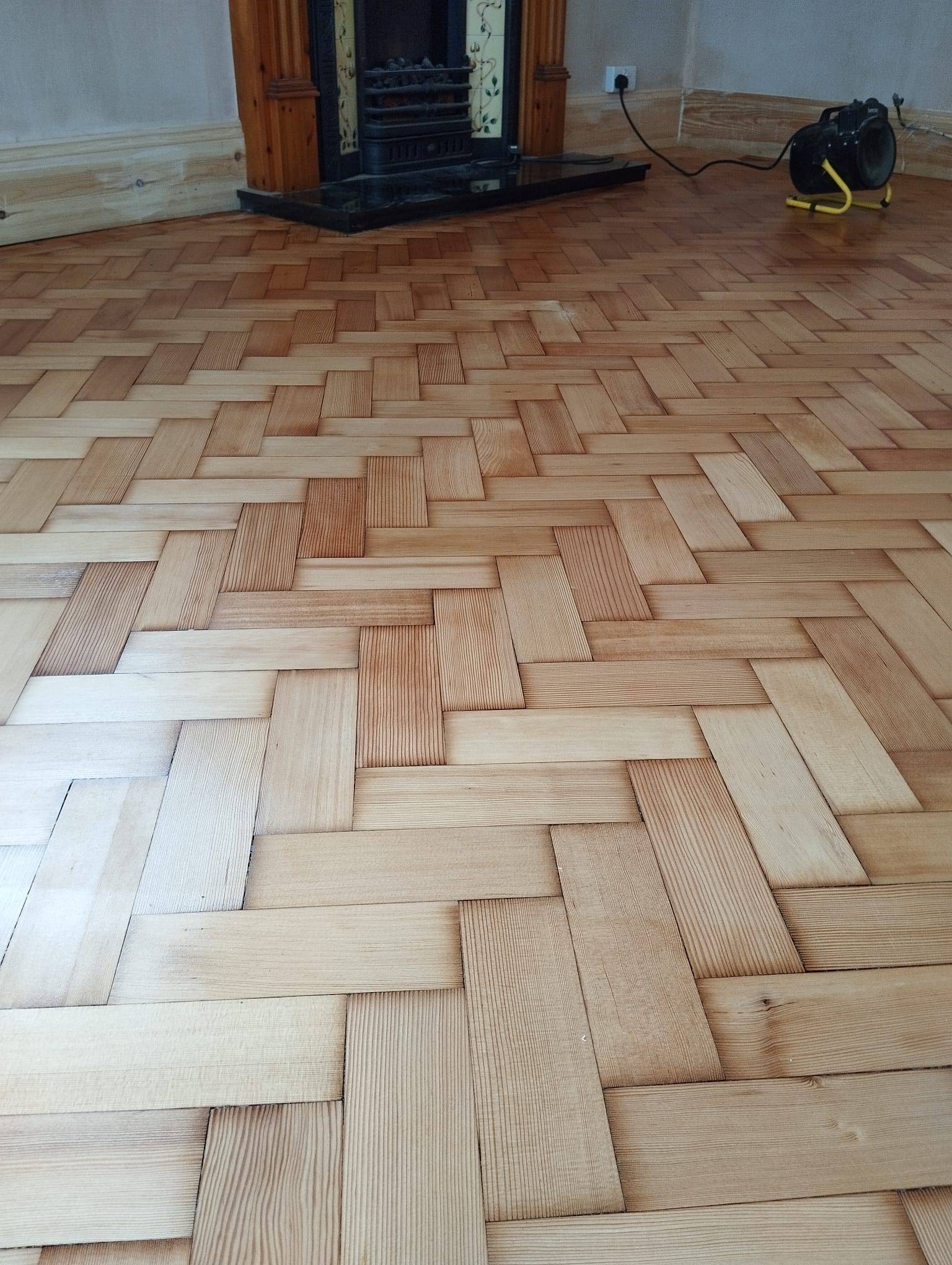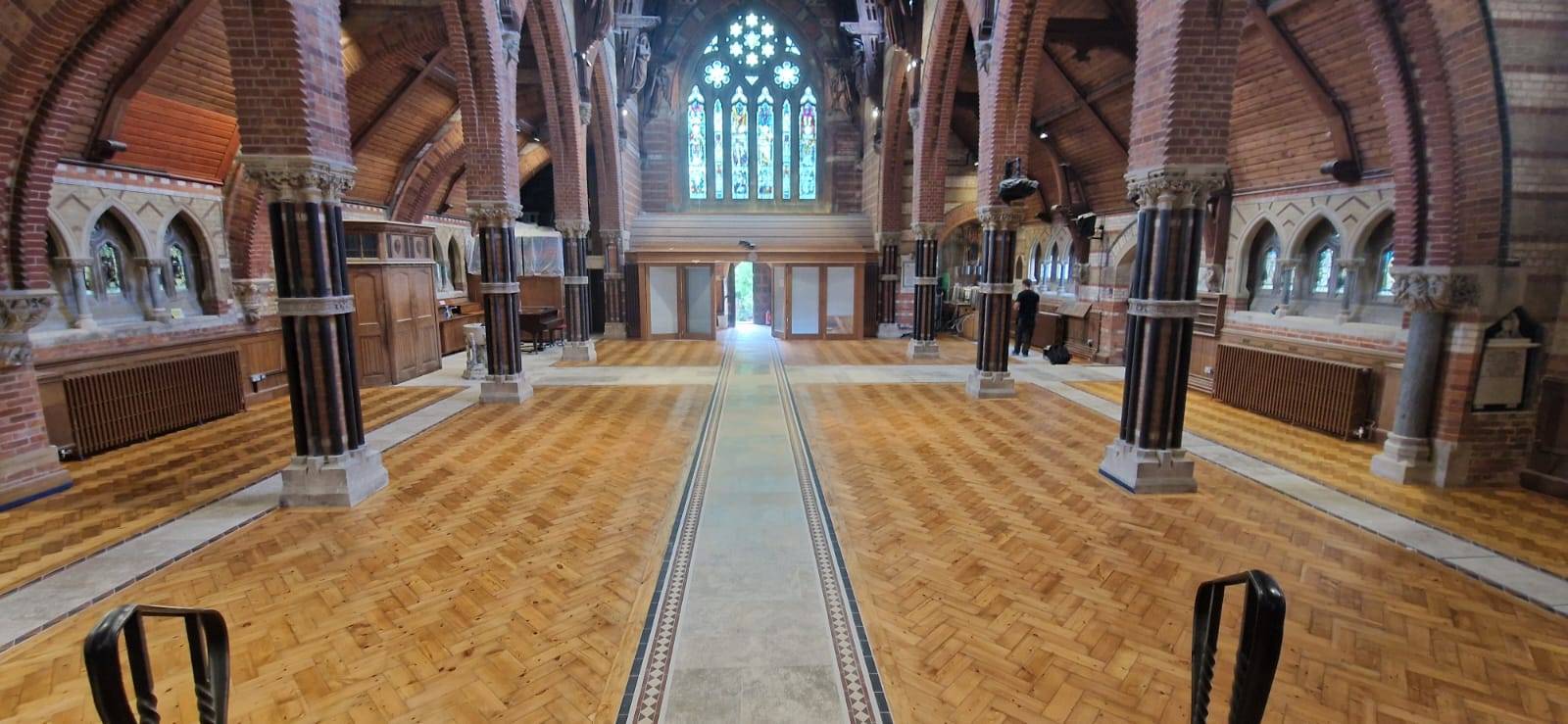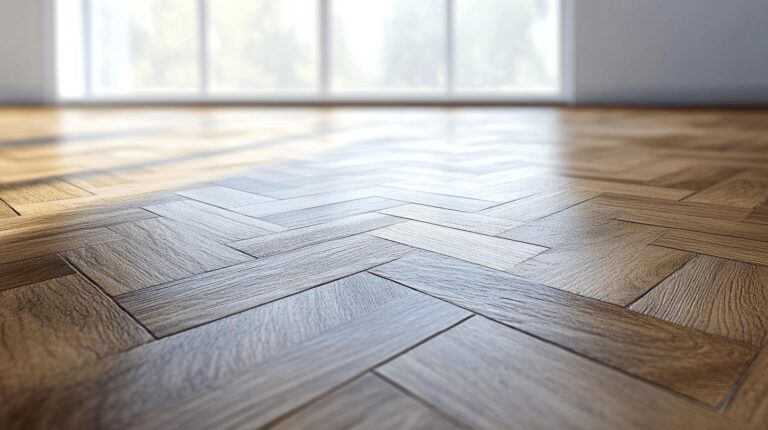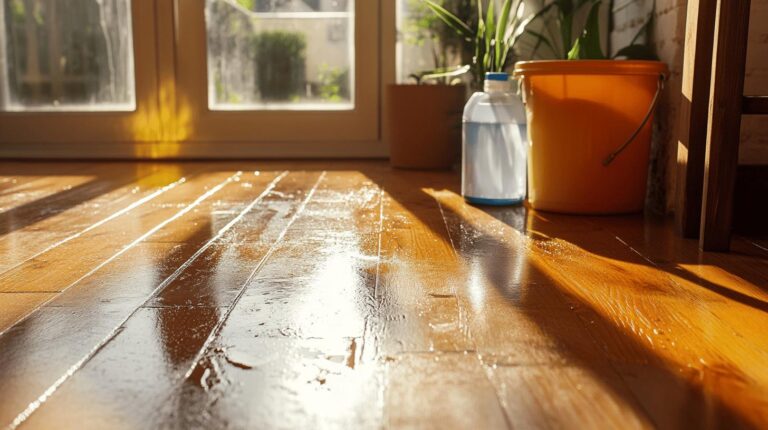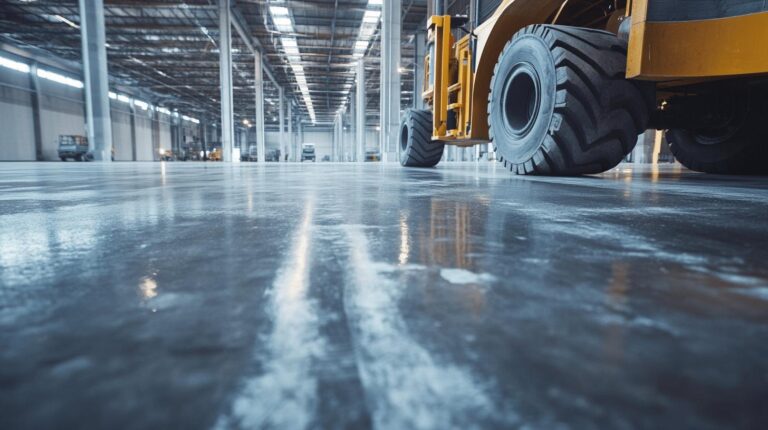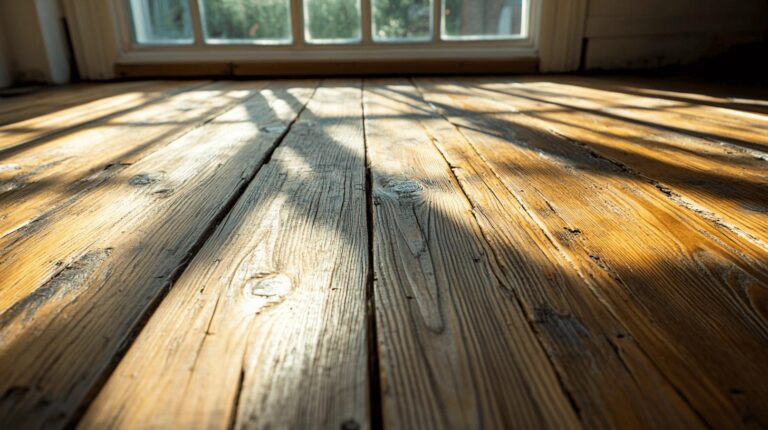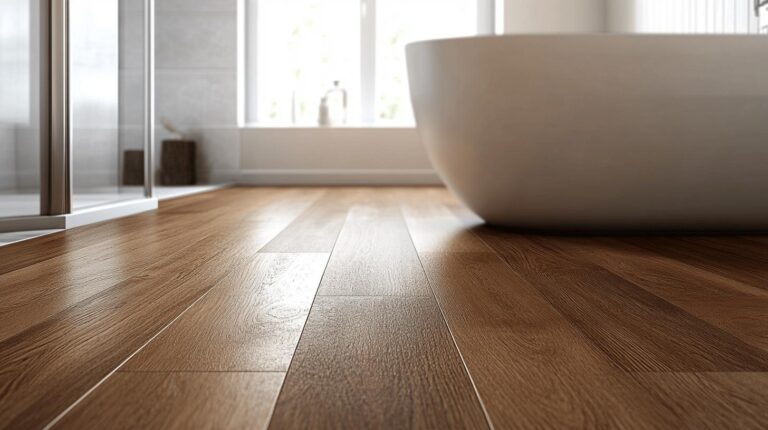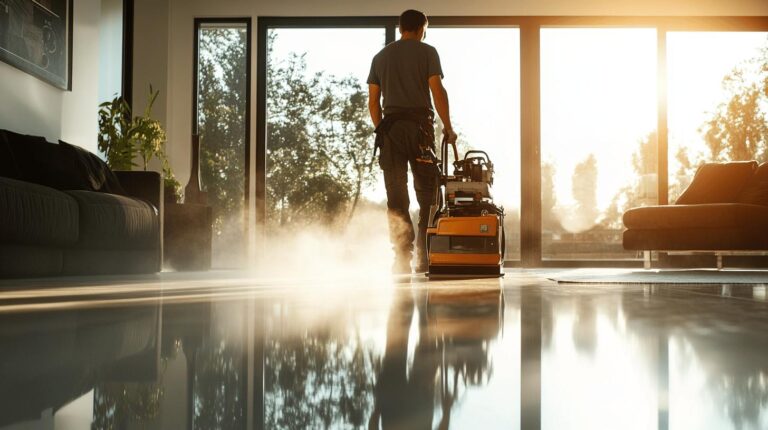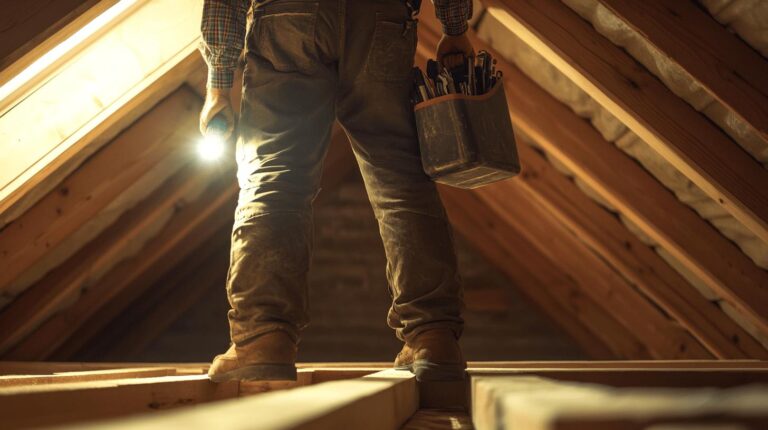Have you ever paused to consider the role of church and chapel floors in preserving the very essence of cultural and spiritual heritage? These floors, often walked upon by generations, are more than mere surfaces—they are the silent witnesses to history, embodying the character and communal sentiments of their surroundings. Church and chapel floor restoration isn’t just about maintaining aesthetics; it’s a commitment to safeguarding the sanctity and soul of sacred spaces. Through carefully undertaken restoration projects, these floors continue to support not just the structures above them but also the spiritual and historical narratives embedded within.
Understanding the Importance of Church and Chapel Floor Restoration
Churches and chapels are more than just places of worship; they are vital cultural heritage sites that embody the historical and spiritual essence of communities. These sacred spaces often feature intricate architectural designs and materials that require meticulous care to preserve their integrity. The importance of church floor restoration lies in maintaining the character and authenticity of these sites, ensuring that they remain a testament to historical craftsmanship and cultural narratives. Legal protection for these places of worship, particularly in regions like Northern Ireland and England & Wales, underscores the significance of preserving their physical and spiritual heritage. Such regulations help safeguard these sites from deterioration and inappropriate alterations that could compromise their historical value.
Preserving sacred spaces through floor restoration is not merely about aesthetics; it is a crucial practice that enhances the spiritual experience of worshippers. Floors in churches and chapels often bear the marks of centuries of use, embodying the passage of countless feet that have walked these paths in devotion. Restoring these floors honours this spiritual journey, offering a renewed space that continues to inspire worship and reflection. By maintaining the integrity of these floors, communities uphold the sacredness of the environment, fostering a sense of continuity and connection with their spiritual heritage.
- Enhances the aesthetic appeal of the sacred space
- Preserves historical craftsmanship and architectural integrity
- Supports tourism and educational initiatives
- Strengthens community identity and pride
- Ensures compliance with heritage protection regulations
Techniques for Successful Church Floor Restoration
Traditional restoration techniques play a pivotal role in preserving the heritage and integrity of church and chapel floors. These methods, rooted in historical craftsmanship, ensure that the restoration work respects the original design and materials used in these sacred spaces. Skilled craftsmanship is essential, as it combines knowledge of historical architectural styles with the practical expertise needed to delicately restore flooring without compromising its authenticity. The emphasis on traditional methods is reinforced by the Heritage Protection Review in England, which highlights the importance of maintaining the historical essence of these buildings while ensuring their longevity for future generations.
When it comes to specific methods for restoring sacred space floors, wood and stone restoration are commonly employed techniques. Wood restoration involves cleaning, sanding, and refinishing wooden floors with products that enhance their natural beauty while providing protection against wear. This process may include the careful replacement of damaged boards with aged or reclaimed wood to maintain consistency in appearance and durability. Stone restoration, on the other hand, involves cleaning, repairing, and sealing stone floors to preserve their structural integrity and aesthetic appeal. Techniques such as repointing and the use of breathable sealants are crucial to allow moisture to escape, preventing deterioration over time.
These restoration methods align closely with legal and heritage protection standards, ensuring compliance with regulations that safeguard historic sites. Legal frameworks often require that restoration work does not alter the fundamental characteristics of a site, necessitating careful planning and execution. By adhering to these standards, restoration projects support both the physical preservation and the cultural significance of ecclesiastical architecture. This approach not only protects the material aspects of these spaces but also upholds their historical narratives and spiritual importance within the community.
Tools and Materials in Floor Restoration
The choice of tools and materials is critical in achieving effective floor restoration. Tools such as precision sanders and chisels are used to meticulously work on delicate surfaces, while sustainable materials like eco-friendly sealants and historically accurate lime mortars help maintain the authenticity of the restoration. Additionally, sourcing materials that match the original flooring in terms of colour, texture, and pattern is essential to achieve seamless integration with existing structures.
Case Studies: Successful Restoration Projects
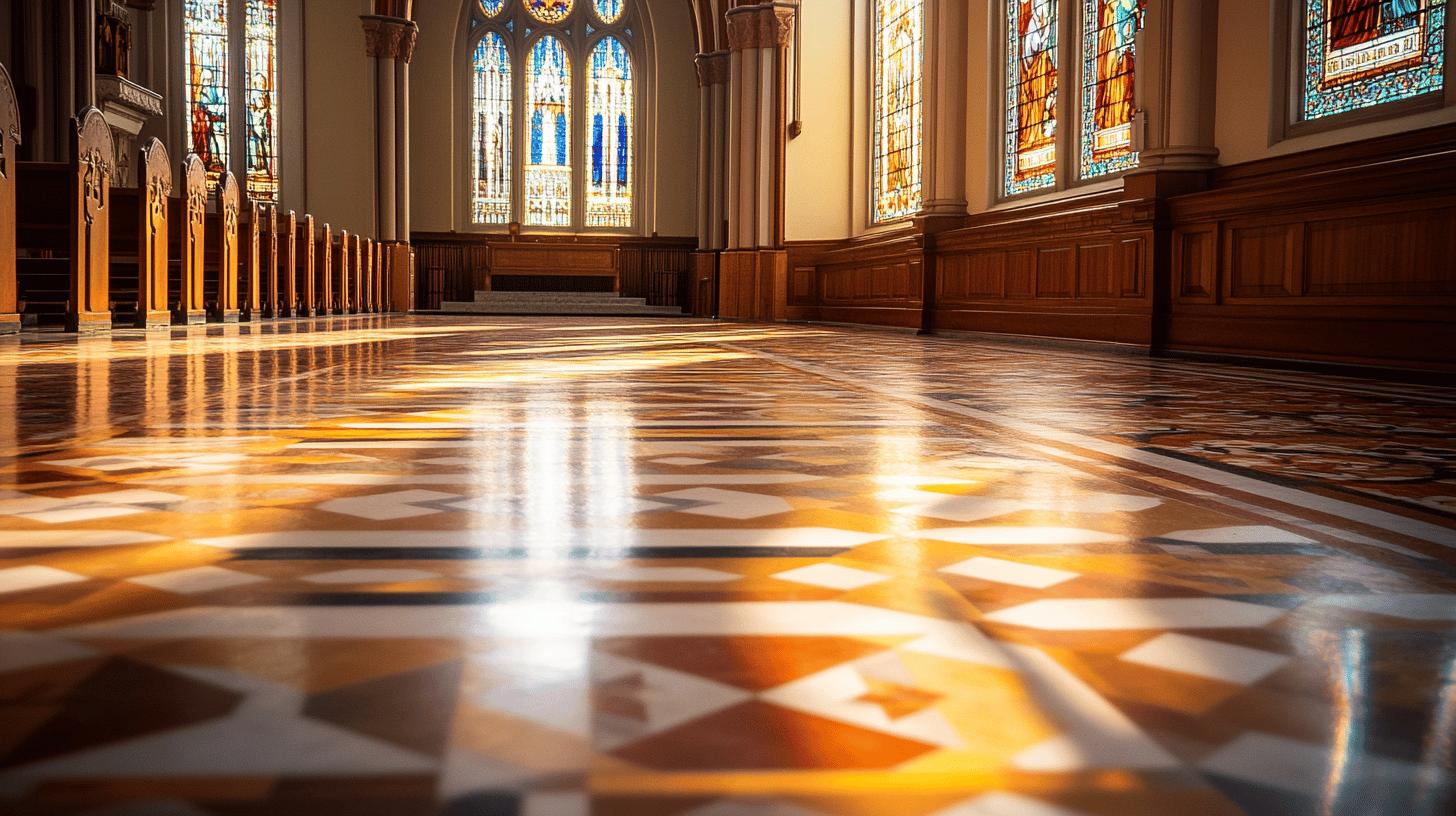
Case studies are invaluable in understanding the complexities and successes of church and chapel floor restoration projects. They offer insights into the methods and craftsmanship required for historical architecture preservation and highlight the expertise of restoration services involved. By examining these real-world examples, stakeholders can appreciate the intricate balance between maintaining historical integrity and meeting modern standards. These studies serve as benchmarks for quality and innovation, guiding future projects in the heritage preservation sector.
One notable example of successful restoration is the work of Duncan Stroik, an esteemed figure in sacred architecture. His contributions include the restoration of Our Lady of the Most Holy Trinity Chapel, where attention to detail and adherence to classical styles were paramount. The project involved meticulous restoration techniques that respected the original design while incorporating modern materials to ensure longevity and resilience. Stroik’s work is a testament to the importance of expert floor restoration services in preserving the spiritual and cultural essence of heritage sites.
The outcomes of these projects extend beyond mere physical restoration. They enhance community pride, support local tourism, and provide educational opportunities by preserving the historical narratives embedded within these spaces. Successful heritage church flooring projects can revitalize local economies and strengthen community identity by maintaining spaces that have been central to communal life for generations. Through these outcomes, restoration projects not only safeguard architectural heritage but also foster a deeper connection between communities and their historical environments.
Challenges and Solutions in Preserving Sacred Floors
Restoring and preserving church and chapel floors is fraught with challenges that necessitate a multifaceted approach. A primary concern is navigating the complex legal frameworks that govern heritage sites, as outlined in the 2007 DCMS white paper, which sought to streamline heritage protection systems. These regulations can impose stringent requirements that limit the scope of restoration work and require careful compliance. Funding is another critical issue, as securing adequate financial resources for restoration projects can be difficult, given the often limited budgets of religious institutions. Additionally, sourcing materials that match the original flooring in quality and appearance presents a significant hurdle, particularly when dealing with rare or historically significant materials that are no longer readily available.
To address these challenges, innovative solutions and strategic planning are essential. Engaging with heritage organisations and leveraging governmental grants can alleviate financial constraints by providing additional funding sources. Collaboration with skilled craftsmen who specialise in traditional methods ensures that restoration efforts meet legal and historical standards. Implementing modern technology, such as digital mapping and 3D modelling, can aid in precisely planning restoration work, ensuring accuracy and efficiency. Lastly, adopting sustainable practices by using eco-friendly and historically accurate materials can both preserve the environment and maintain the authenticity of the restoration.
- Establish partnerships with heritage organisations for funding and guidance.
- Utilise skilled craftsmen experienced in traditional restoration methods.
- Employ digital tools for accurate planning and execution.
- Prioritise the use of sustainable and historically accurate materials.
The Role of Ryan’s Restoration in Sacred Floor Projects
Ryan’s Restoration stands as a premier authority in the realm of church and chapel floor restoration across the UK. Renowned for their expertise in floor conservation, they offer bespoke restoration solutions tailored to the unique needs of each sacred space. Their commitment to preserving the historical and spiritual essence of these floors has cemented their reputation as leading experts in the field. By combining traditional craftsmanship with innovative techniques, Ryan’s Restoration ensures that each project not only meets but exceeds the expectations of heritage preservation standards.
The services provided by Ryan’s Restoration encompass a wide range of expert floor restoration services specifically designed to address the challenges of maintaining the integrity of church and chapel floors. These services include comprehensive assessments, precise material matching, and the application of advanced restoration techniques. A hallmark project demonstrating their capabilities is the restoration of a historic chapel floor, where their meticulous attention to detail revived the original splendour of the space. Their dedication to quality craftsmanship and adherence to heritage guidelines ensures that each restoration project contributes positively to the cultural and spiritual legacy of these sacred sites.
- Customised restoration plans tailored to each unique site
- Integration of traditional craftsmanship with modern techniques
- Proven track record of successful heritage restoration projects
Final Words
Preserving the floors of churches and chapels is vital for maintaining cultural heritage and spiritual significance. Restoration techniques, backed by skilled craftsmanship, allow for a respectful approach to maintaining these sacred spaces.
The intricate process requires traditional methods, sustainable materials, and detailed planning, showcasing the importance of protecting ecclesiastical architecture. Through case studies, the successful outcomes and community impact of such restoration projects become evident.
Ryan’s Restoration exemplifies expertise in the field, offering bespoke solutions to ensure the longevity of these historic sites. By prioritising quality work and employing expert craftsmanship, church and chapel floor restoration remains a key aspect in preserving sacred spaces, enriching both heritage and community spirit.
FAQ
Why is a church a sacred space?
A church is a sacred space due to its role as a place of worship and spiritual reflection, serving as a cornerstone for community faith and religious practices.
What was the shape of the floor plans of most abbeys, churches, and cathedrals built during the Middle Ages?
The floor plans of most abbeys, churches, and cathedrals built during the Middle Ages typically featured a cruciform layout, symbolising a cross, with a central nave and transept.
What is the importance of church floor restoration?
Church floor restoration is important for preserving cultural heritage, maintaining spiritual integrity, and safeguarding historic architecture, ensuring these sacred spaces remain vibrant community landmarks.
What are the techniques for successful church floor restoration?
Successful church floor restoration utilises traditional methods and skilled craftsmanship, including specific techniques for wood and stone restoration, aligning with legal and heritage protection standards.
Which tools and materials are used in floor restoration?
Floor restoration requires tools and materials that are sustainable and historically accurate, ensuring the restoration respects the original craftsmanship and cultural significance.
What are examples of successful church floor restoration projects?
Projects like those by Duncan Stroik illustrate successful restoration outcomes, enhancing community pride and preserving historical architecture for future generations.
What challenges are faced in preserving sacred floors?
Preserving sacred floors involves challenges such as legal constraints, funding shortages, and sourcing authentic materials, requiring innovative solutions and dedicated management efforts.
What is the role of Ryan’s Restoration in sacred floor projects?
Ryan’s Restoration offers expertise in floor conservation, providing bespoke restoration solutions and maintaining a strong reputation across the UK for their successful heritage projects.
